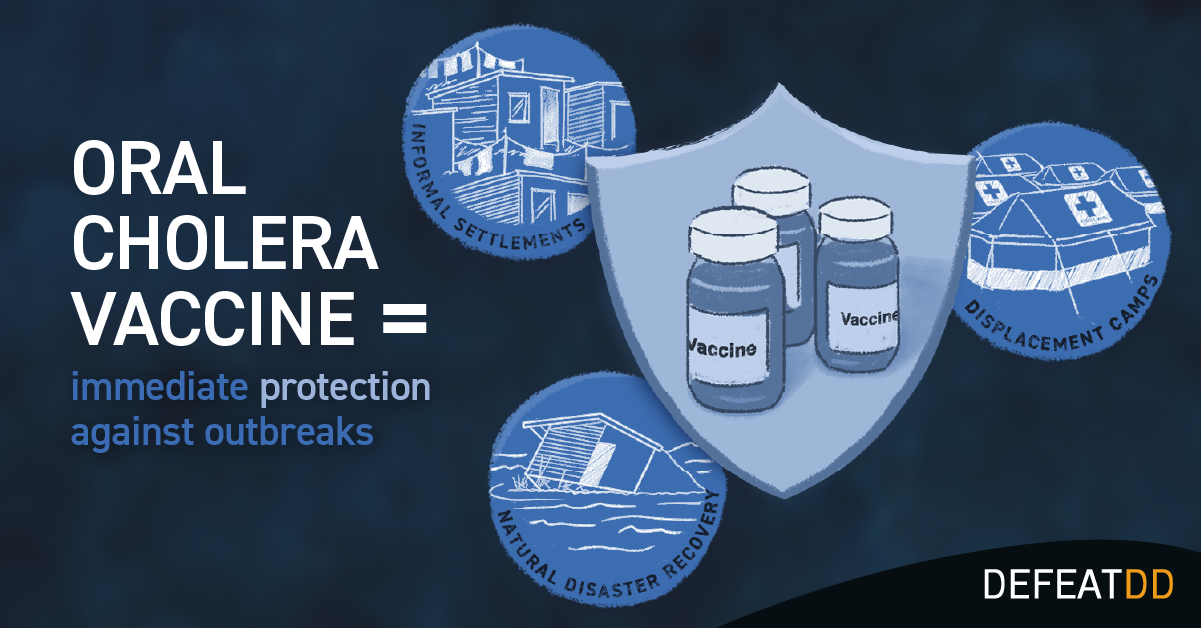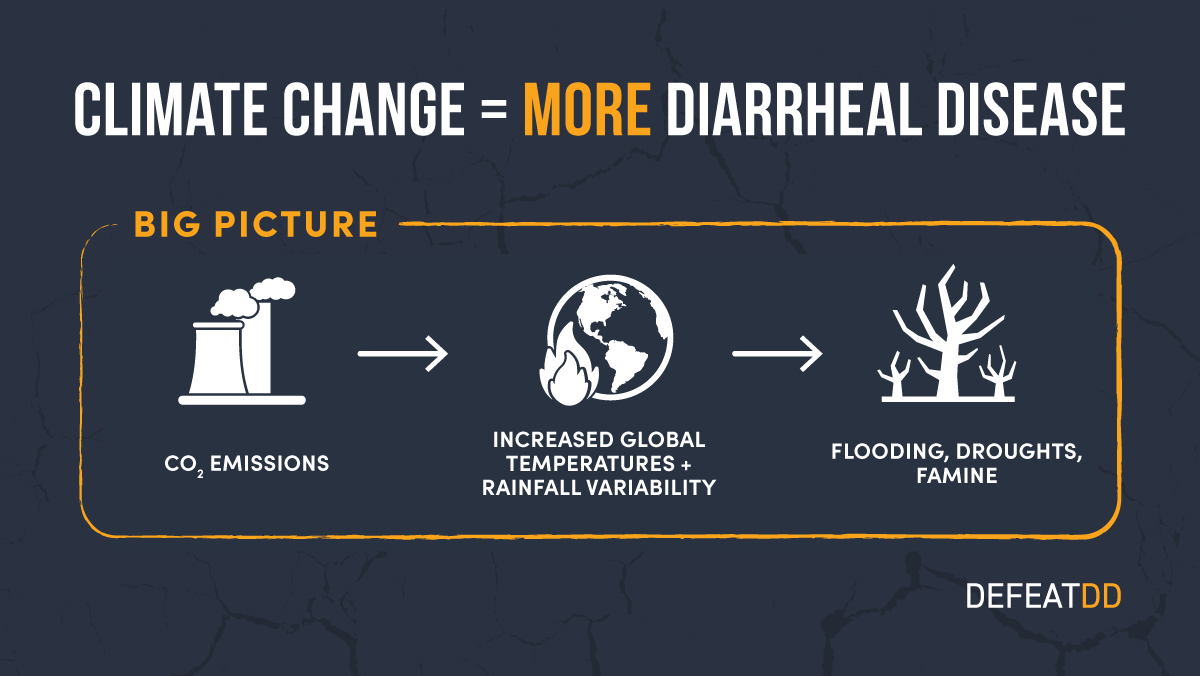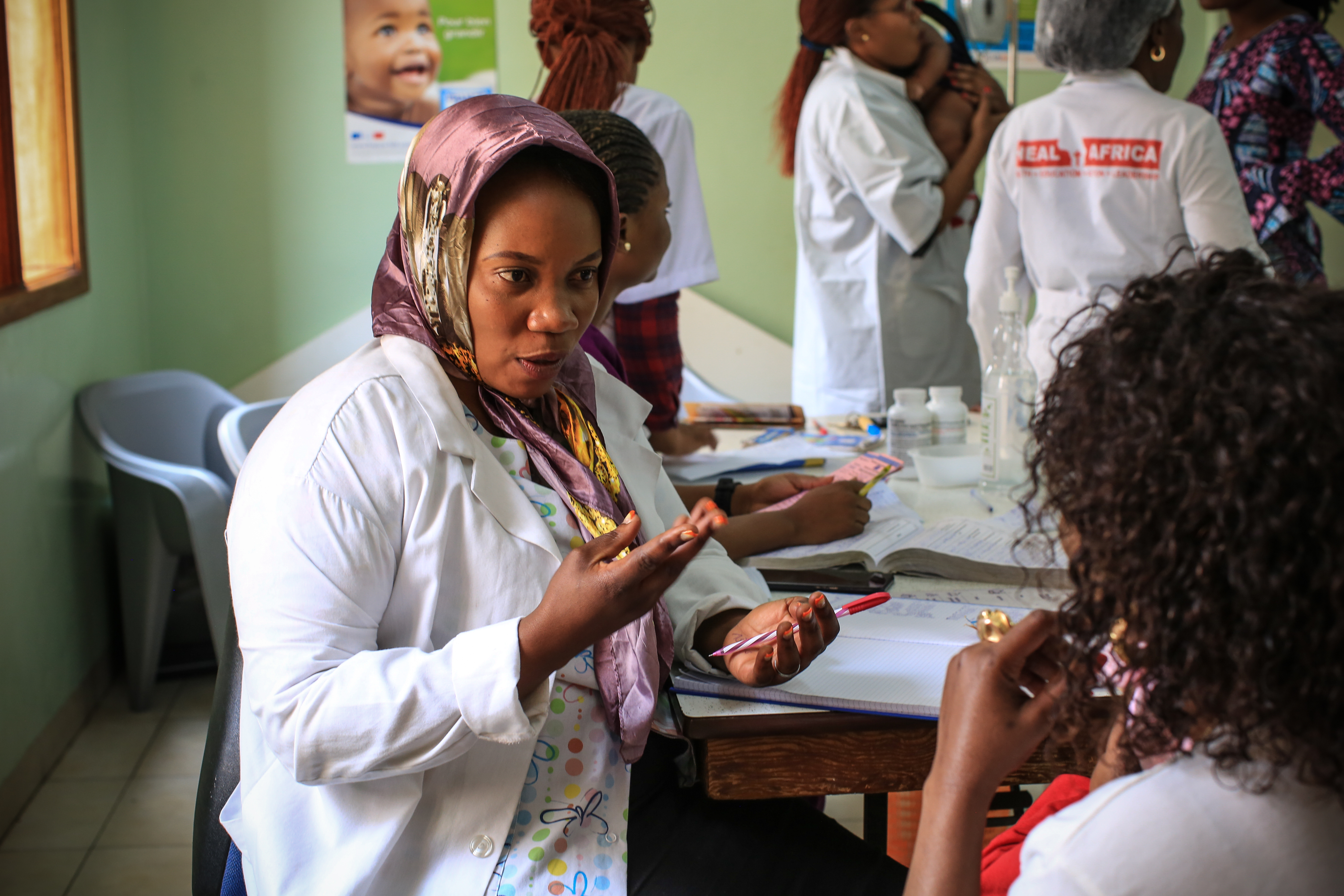Preventing the cycle of monsoon floods and cholera through vaccines and safe water
|

The summer monsoon season in Asia, known for heavy rainfall that often leads to flooding, has reached new heights in countries like India, Nepal, and Bangladesh. These floods contribute to the outbreak of diarrheal diseases. When floodwaters mix with drainage water, stagnant pools form in open areas, becoming breeding grounds for diseases like cholera.
To break this cycle of monsoon flooding and the spread of disease, timing and targeting is everything. It is vital to prepare response measures in advance. Oral cholera vaccines (OCV) are highly effective in preventing cholera outbreaks. They rapidly boost immunity, which is crucial in areas affected by floods, contaminated water, and poor sanitation. During an emergency response, water purification chlorine tablets can provide another layer of protection to those affected by floods. Hand hygiene - always an important public health measure - is even more crucial during this high-risk period. If people affected by floods experience diarrhea, taking oral rehydration solution (ORS) and zinc supplements is the primary solution to prevent dehydration and replenish nutrients in the body.
Displaced populations are particularly vulnerable to cholera outbreaks during the rainy season as they tend to live in crowded conditions without access to safe water and sanitation systems. Countries like Malawi, South Sudan, and Bangladesh provide examples of success in reaching these populations with OCV campaigns.
Importantly, OCV works best when used in conjunction with efforts to improve water and climate-resilient sanitation. Regular access to safe drinking water sources, such as tubewells, is the long-term solution for protecting communities from diarrhea outbreaks. Policymakers can thus act on two fronts to prevent the cycle of flooding and diarrhea: invest now in emergency preparedness by applying for OCV, and in the long-term, invest in strong WASH systems, starting with the communities at highest risk of outbreaks.












